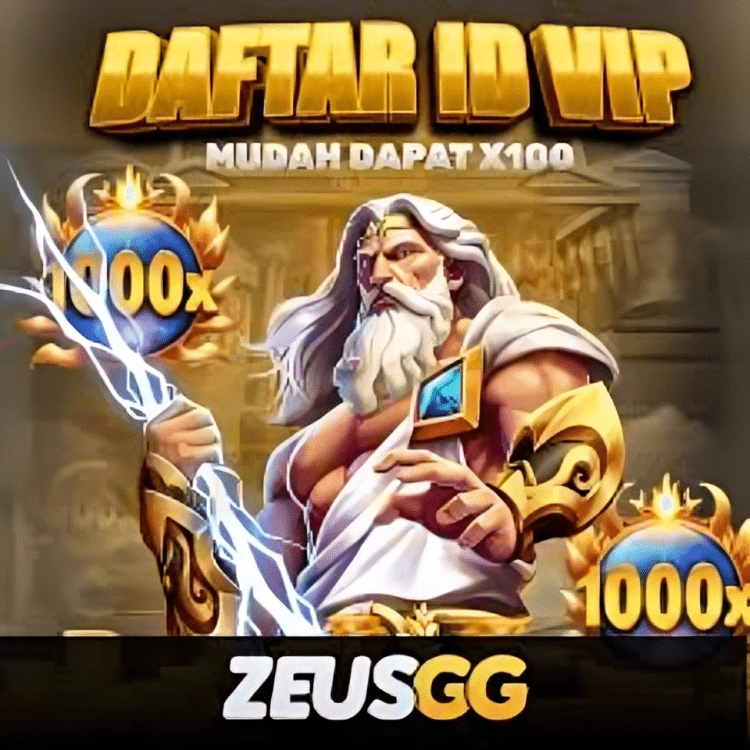August 20, 2025
No Comments
The open-world genre has become the dominant form of blockbuster game design, a sprawling canvas upon which developers paint their grandest ambitions. While many publishers contribute to this space, a strong argument can SLOT6000 be made that Sony’s first-party studios have mastered its architecture in a way that feels distinct and purposeful. The best PlayStation games in this genre are not merely large; they are meticulously crafted, avoiding the pitfalls of empty map filler to create worlds that feel both awe-inspiring in their scale and intimately hand-crafted in their detail. This philosophy has set a new standard for environmental storytelling and player engagement.
The common critique of the open-world template is “Ubisoft-style” bloat: a map littered with repetitive icons, towers to climb to reveal more icons, and a checklist of activities that prioritize quantity over meaning. PlayStation’s flagship titles have consciously moved away from this model. Instead of asking “how big can we make it?”, they ask “how meaningful can we make every acre?” The goal is not to overwhelm the player with tasks, but to guide them with a curated sense of discovery, ensuring that a ride across the map is consistently punctuated by organic wonder, not just a journey to the next objective marker.
Ghost of Tsushima is perhaps the purest embodiment of this philosophy. Sucker Punch Productions replaced a minimap cluttered with icons with a natural navigation system guided by the wind, flocks of birds, and golden trails of light. This simple but revolutionary change forces the player to actually look at the world, to engage with its breathtaking landscapes, and to discover its secrets—a hidden hot spring, a peaceful shrine, a dueling spot—through observation rather than simply following a waypoint. The world of Tsushima itself becomes a character, a beautiful and wounded land that the player is motivated to explore for the sake of immersion itself, not just for completion percentage.
Similarly, *Marvel’s Spider-Man 2* uses its New York City setting not as a empty playground for random events, but as a dense, vibrant stage for both superheroic spectacle and Peter Parker’s daily life. The traversal—the web-swinging—is so phenomenally enjoyable that moving through the world is its own reward. The activities are often directly tied to Spider-Man’s character: stopping street crimes feels heroic, chasing down pigeons for Howard is charmingly absurd, and uncovering secret photo ops connects the player to the history of this digital city. The world is designed first and foremost for fun, leveraging the character’s core fantasy to make existing within it a constant joy.
This focus on qualitative density over quantitative sprawl is a throughline in PlayStation’s approach. Horizon Forbidden West fills its world with machine sites and cauldrons that are intricate combat puzzles, not simple enemy camps. The narrative context for exploring these spaces is deeply woven into the lore of the world, making each discovery a piece of a larger historical puzzle. Even a linear-focused game like The Last of Us Part II features sections of breathtaking openness, such as downtown Seattle, where the player is given a multi-street battlefield to approach with their own strategies, creating emergent, unscripted stories of tension and survival.
This architectural mastery culminates in a player experience defined by agency and authenticity. The worlds feel alive and purposeful because every vista, every hidden path, and every side activity has been considered for its emotional or gameplay payoff. They are designed not as spreadsheets of content to be completed, but as believable spaces to be inhabited. The best PlayStation games understand that an open world is not a marketing bullet point; it is the central pillar of the experience. By prioritizing a hand-crafted sense of place over algorithmic content generation, they have redefined the genre, proving that a world’s true value is not measured in square miles, but in the depth of the stories it inspires players to tell themselves.






